How to Use Gamification to Improve Your Loyalty Program
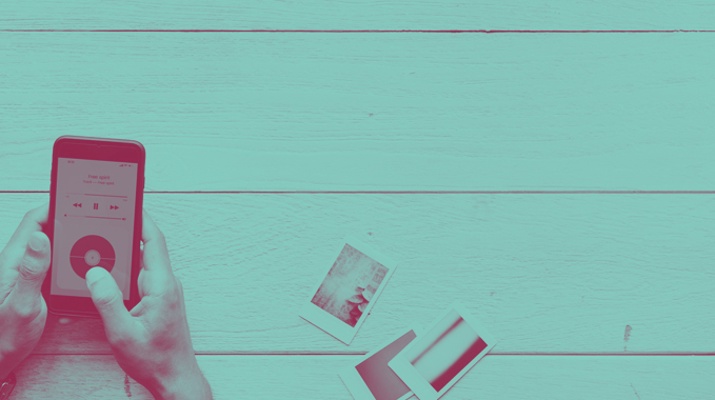
How to Use Gamification to Improve Your Loyalty Program
Contributed ContentWhile trends in brand loyalty and customer retention are constantly evolving and advancing, gamification in loyalty programs is here to stay. Find out how to gamify your rewards program to enhance your customer experience and entice them to keep coming back.
Updated October 31, 2023
For those unaware of the term, to “gamify” something is to take that aspect of games that makes them so engaging and addictive and apply it to a typically ordinary process. As you can imagine, making a loyalty program engaging and addictive is good news for any brand.
As a content writer for Stamp Me Loyalty Solutions, a crucial part of my job involves staying on top of all the latest trends and developments in brand loyalty and customer retention. I do this by delving into the multitude of statistics, data, and reports on customer engagement available online.
According to Snipp, brands that incorporate gamification into their customer engagement strategies see a 47% rise in engagement, a 22% rise in brand loyalty, and a 15% rise in brand awareness. The same study also found that more than two-thirds of the world’s top 2,000 companies have already embraced gamification.
So with that in mind, take note of these 5 key steps to create a gamified loyalty program that your customers won’t be able to get enough of.
How to Use Gamification to Make Your Loyalty Program Irresistible
- Figure out what behavior you’re trying to inspire
- Map out your “storyline” for customer loyalty
- Keep customers aware of their own (and each other’s) progress
- Use social media to your advantage
- Optimize your loyalty program for mobile
1. Figure Out What Behavior You’re Trying to Inspire
Are you hoping to increase the frequency of visits or repeat purchases? Are you trying to generate some hype around your business and get people talking in an effort to acquire new customers? Or do you simply wish to make sure your existing target audience doesn’t abandon you for your competitors?
By having a clear idea in mind of what you want your customer loyalty program to achieve, you can gear your gamification strategy to inspire certain behaviors.
If you want to use your existing customers to attain new ones, for example, you might do something similar to Uber and offer your loyal customers attractive perks and incentives for getting a friend to register.
On the other hand, if your goal is simply to encourage people to visit more frequently, take a leaf out of Starbucks’ book and offer your loyalty program members exclusive discounts.
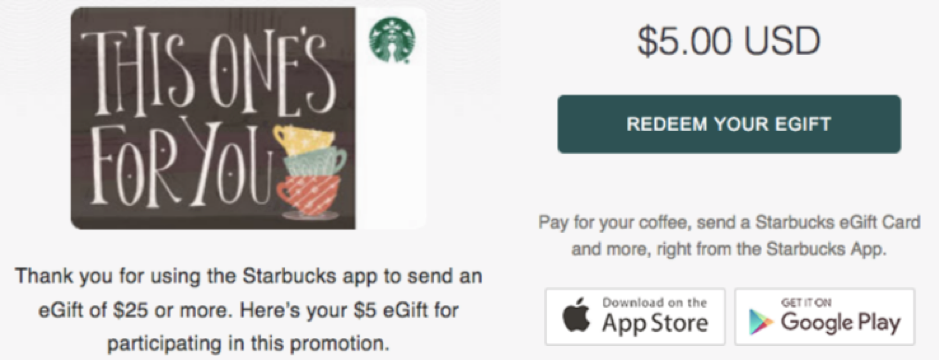
“Half-price Tuesday” deals and “Happy Hour” specials, or something along these lines, can work for your specific business. In fact, the coffee chain has its own enticing Starbucks rewards referral program with gamification elements as well.
These kinds of offers are especially powerful when used in conjunction with digital loyalty apps, but we’ll get to that in a moment.
2. Map Out Your “Storyline”
I’m not literally referring to a storyline here; your loyalty program doesn’t need ghosts and goblins! What it does need, however, is a clear structure that customers can easily follow.
Remember, the game is only fun if customers understand how to play it.
What do your customers need to achieve to reach the incremental goals? What is the reward for these goals? Do the rewards increase in value with every new benchmark the customer reaches? What’s the ultimate “end prize” that you want customers to strive for? Will they feel a sense of accomplishment?
Perhaps consider offering customers an instant reward purely for signing up. This ensures that customers immediately see rewards for their participation, and the lure of further (and bigger) rewards keeps them on the hook. Think of a simple reward system - people will continue along with they feel a sense of achievement.
As addictive as a good game is, it only works if you can get people to play it in the first place, right? The better your loyalty program is structured, the easier it is to gamify with traditional game mechanics.
3. Keep Customers Aware of Their Own (And Each Other’s) Progress
If your customers lose track of where they stand, they’re likely to lose interest in the loyalty program.
In gaming (whether we’re talking about crossword puzzles, board games, quizzes, or the latest games on the market), the player always knows where they stand in regards to their progress through the game - think a leaderboard or status bar. This aspect of gaming can easily be applied to other, typically mundane processes as well.
For example, it’s quite common to notice a little progress bar when you’re completing your LinkedIn profile. LinkedIn will tell you whether your profile is weak, intermediate, or strong — anything below a “strong” is often going to motivate users to put more effort into their profile.

Many companies will include a progress bar in their digital onboarding portals for new employees. In fact, these new employees probably dealt with progress bars on jobseeker sites while they were filling out their job application as well.
Going back to Starbucks, the coffee chain has done an excellent job of keeping customers aware of their rewards program status. The loyalty app sends customers push notifications when they’re close to reaching the next tier of the program or a specific milestone, and reminds them of where they stand.
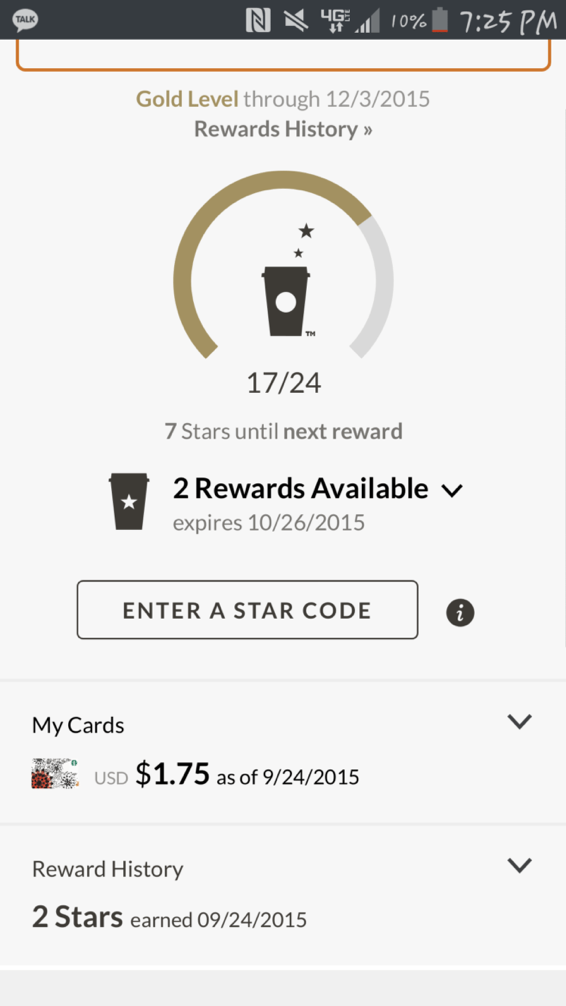
This keeps Starbucks front of mind and creates a sense of urgency in reaching the next level: “Tom, you’re only one coffee away from a free muffin of your choice this week!”
Having things like badges, stamps, and leaderboards within your loyalty program to show customers’ status within the game offers some form of recognition and plays on people’s competitive streaks as well.
The McDonald’s Monopoly app, for example, tells users what prizes nearby customers are winning — perhaps you didn’t win anything with your order of fries, but the customer near you just won a free meal. Would this not tempt you to perhaps buy a small cheeseburger with the hopes of having better luck the second time around?
4. Use Social Media to Your Advantage
Clever use of social media can promote your loyalty program and save you lots of money on traditional advertising methods.
Features like offering customers the capability to share their loyalty program status and “achievement badges” on social media can spread awareness of your loyalty program like wildfire. Social sharing and word-of-mouth does wonders for all marketing campaigns.
One of the key contributors to the success of Candy Crush was the free social media promotion the game experienced through existing players posting their scores.
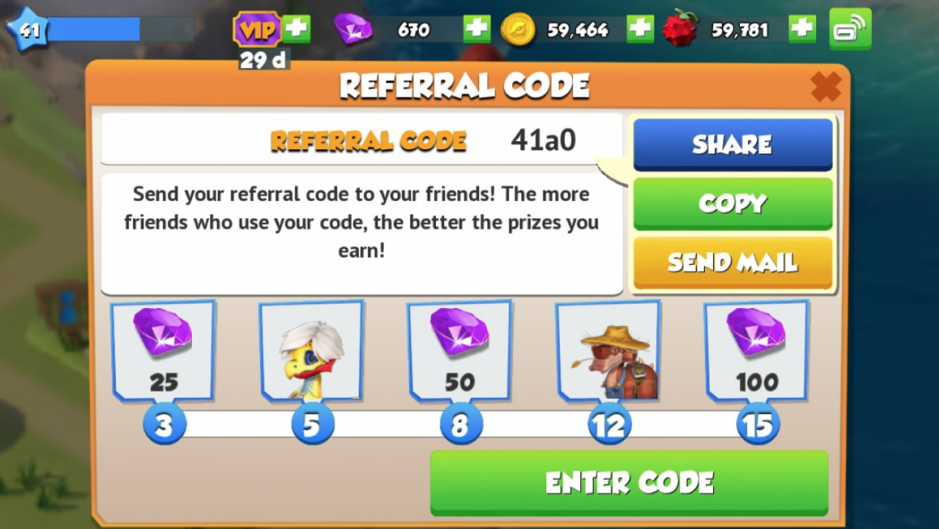
People could see their friends’ scores, which inspired healthy competition and encouraged people to see if they could beat the high scores.
Another technique is to create some form of promotion that rewards customers for posting images associated with the loyalty program on their personal social media accounts. Use assigned hashtags to spread awareness.
Florida juice joint Good Vibes Juice Bar came up with a clever promotion where it invited customers to get creative with reusing their glass bottles for household items like vases and candle holders. They could then take a picture of it, send it to Good Vibes, and see it appear on the juice bar’s social media pages.
Naturally, customers who saw their picture on the Good Vibes Instagram would share it themselves. Word began to spread, and so on. On a side note, this is also an ingenious way for a brand to promote its own corporate social responsibility.
Spontaneous rewards are also a great way to encourage customers to promote your loyalty program for you (and again, far more cost-effective than traditional marketing techniques).
When mapping out the structure of the goals, tiers, and rewards in your loyalty program, try including some incremental rewards that the customers don’t know about, like bonus points for discounts, so that it comes across as random and spontaneous when they receive it.
5. Optimize Your Loyalty Program for Mobile
The best way to enjoy the most success with the points mentioned above is to offer your loyalty program in a digital mobile app that customers download and register to. Making your loyalty program accessible by mobile app allows people to engage with your brand anytime and anywhere.
Keeping customers updated on their status or position within the loyalty program becomes remarkably easy when you can enable automated daily texts or push notifications. For example, KFC had an ingenious tactic to engage their customers through a digital lottery game.
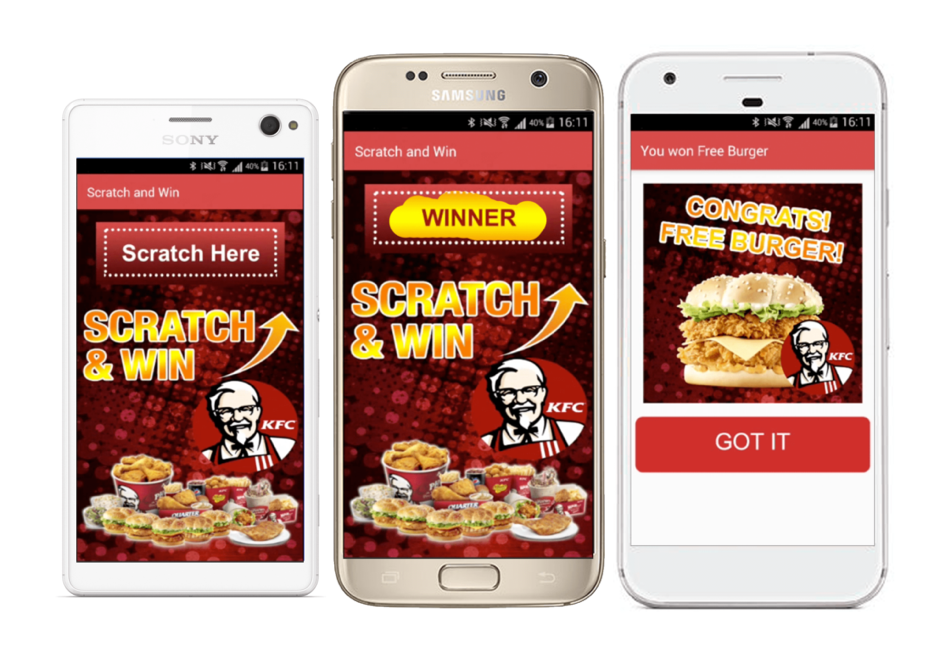
Enticing side promotions like Scratch & Win competitions can be instantly implemented, with a link sent out to every customer in your loyalty program.
Gone are the days when digital loyalty apps were only within reach of large-scale brands. With a multitude of loyalty app providers for businesses to choose from, implementing a highly interactive gamified mobile-based loyalty program has never been easier.
For an Irresistible Loyalty Program, Go With Gamification
With every company from international brands to mom-and-pop stores incorporating gamification into their digital loyalty programs, it’s become a vital aspect of any rewards program.
As someone who works in brand loyalty, I spend several hours a day crunching the numbers of rewards program statistics and gauging how effective various customer engagement strategies are. One strategy I can certainly vouch for is gamification.
By taking the above points on board when restructuring or revamping your loyalty program, you can do wonders for your brand engagement and customer experience. The more creative you get with your gamification techniques, the more likely you are to see results with your gamification loyalty programs.
